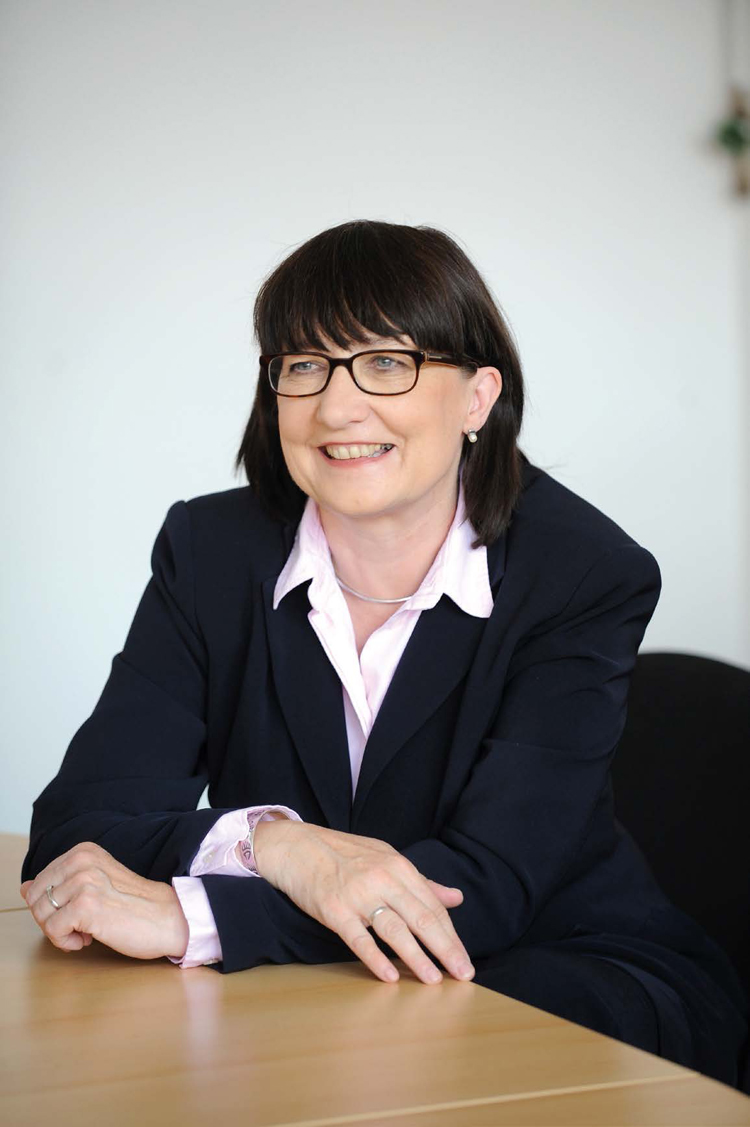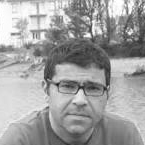Focus Germany

Germany holds an internationally leading position in the establishment of a bioeconomy. At the end of 2010 – as one of the first nations – your country published the interdepartmental “National Research Strategy BioEconomy 2030,” which is to span six years, and thus has set the course for a biobased change in industry and society. What is the situation of the bioeconomy in Germany at the moment?
“The Bioeconomy in Germany is strongly supported by the Federal Government. This is due to the National Research Strategy Bioeconomy 2030 that is donated with €2.4 billion and to the National Policy Strategy Bioeconomy. In a recent paper analyzing the competitiveness of the bioeconomy in Germany, the Bioeconomy Council stated that the economy is lacking behind in terms of the use of renewable resources. According to our analysis this was due to Germany’s exceptional economic strengths which makes it hard for the companies to change their structure. The council is advocating strongly to think forward and to anticipate a necessary change in the resource basis.”
What are the pillars of the German strategy?
“The Research Strategy 2030 defines five action fields: Global Food Security, Sustainable Agricultural Production, Healthy Nutrition, Industrial use of Renewable Resources and Bioenergy. The latest discussions indicate that societal dialogue and monitoring might play a more important role in the future – we expect a new strategy after the current runs out in 2016. However, after intensive debates, the use of bioenergy will be more or less only based on waste or side streams as feedstock.”
In this frame, what is the role of German Bioeconomy Council?
“The German council has three priorities: firstly, advising policy on how to improve framework conditions for bioeconomy in Germany – in particular with an international perspective, secondly fostering international cooperation and finally continuing and advancing the dialogue with the society.”
The bioeconomy also requires a cultural change. What is the perception of the bioeconomy by the German public opinion?
“We do not have any data, however my personal opinion is that the least part of the German population knows what bioeconomy exactly is. The German term allows for misunderstandings mixing up ecology and economy – in fact bioeconomy is neither this or that. It is something in between. Bioeconomy can no longer be seen only as the replacement for fossil raw materials. It is based on the combination of renewable resources and innovation to drive resource efficiency and Green Growth. It is important to act and argue authentic in the public dialogue and to communicate benefits and challenges transparently. The council has received very positive reactions with an exhibition of biobased products – for example a skirt made from milk or tires based on dandelion. Touching bioeconomy products teaches more than reading books...”
The central questions of the 21st century are not whether climate change is coming, how strongly the world population is growing and to which extent the emission of fossil carbon has to be lowered, but how economy and society will be able to best meet these developments and how research and innovation funding contributes towards this. From your point of view, how is it possible to bring ecology and economy together?
“It is clear, that – without major adjustments – the continued emission of greenhouse gases and the related changes in climate conditions will irreversibly damage the global ecosystem and will involve incalculable economic risks. However, as a scientist I remain optimistic that innovation will lead to new solutions that the global problems might get solved. We have to act now, however. One of the biggest problems of today are global inequalities. They lead to dissatisfaction, war and outflows of refugees. Bioeconomy has the potential to add solutions in the fight against poverty and hunger. This is by the way discussed at the Global Bioeconomy Summit that the German Council organized on November 25th – 26th. The outcome of the conference was a communiqué defining cornerstones for a global and sustainable bioeconomy. We are aiming for a global agenda making bioeconomy part of the overarching debates of Sustainable Development and in climate change mitigation.”
The themes of the bioeconomy are strongly interconnected with those of circular economy. What measures is the German government taking in this field?
“Circular economy is a very important topic within the field of resource efficiency. The German Government has amended the ‘Kreislaufwirtschaftsgesetz’ three years ago. It is the central law for the treatment of waste and to support recycling, conservation and resource efficiency. We consider it an important task to align the principles of a sustainable bioeconomy with those of a circular economy.
What are the main hurdles to the implementation of the bioeconomy in Germany and in the European Union?
“The lack of capital, industrial application and embedding the concept of bioeconomy in the society.”
ORGANOBALANCE GmbH, www.organobalance.de/en/index.html
Council for the Bioeconomy (Bioökonomierat), www.biooekonomierat.de/en/
Federal Ministry for Education and Research (BMBF), National Research Strategy BioEconomy 2030, Berlino 2011; tinyurl.com/z9aaqp3
Federal Ministry for Food and Agriculture (BMEL), National Policy Strategy Bioeconomy, Berlino 2014; tinyurl.com/je24s8q


